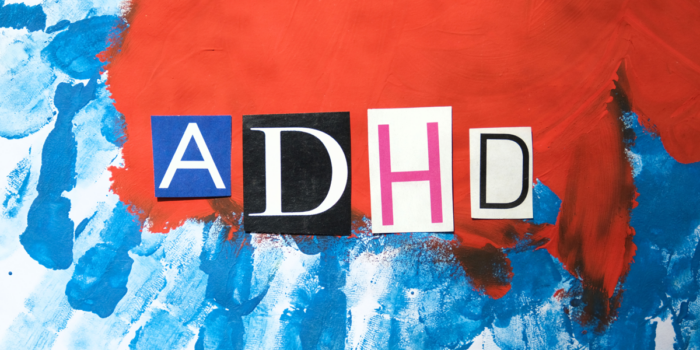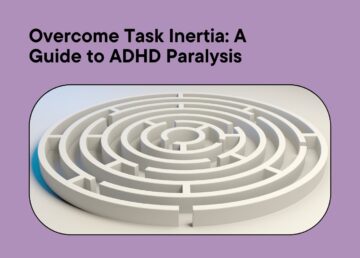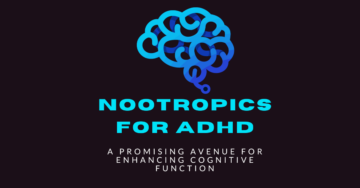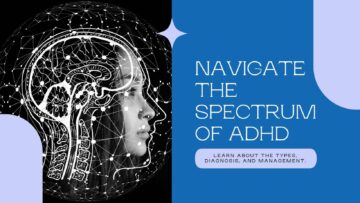
Attention deficit and hyperactivity disorder (ADHD) is a neurodevelopmental disorder that affects both children and adults. This disorder can impact anyone despite their age, race, gender, or social status.
Usually, the disorder is characterized by inattention, hyperactivity, and impulsivity. These symptoms often interfere with a person’s ability to function and execute tasks in everyday life.
ADHD has several different faces. Hence, each individual’s presentation and quality of life can differ. Therefore, it’s essential to understand what it is, how it manifests, and what strategies can make living with it easier.
How Common Is ADHD?
While ADHD is probably as old as the human brain itself, it has only been less than 100 years since it’s been recognized as a mental disorder by the American Psychology Association (APA).
In the 80s, this disorder was described as an “attention deficit disorder with or without hyperactivity.” As medical science gets more advanced and more information and understanding about this condition occurs, the number of diagnoses has also increased.
One study suggests that there’s been a 43% increase in ADHD diagnoses over the past 10 years. It’s estimated that around 8 million adults (or approximately 5% of Americans) have this condition. Though, not every individual might be aware that they have it.
ADHD can manifest itself differently in different ages, has differences based on an individual’s gender, and can be more pronounced in some people than others. Therefore, understanding the disorder is vital to better evaluate the personal experience.
ADHD Types
Generally, ADHD is separated into 3 types. The types are defined by the primary symptoms for each kind.
- ADHD inattentive type. This type is characterized by difficulty sustaining attention, distractability, forgetfulness, disorganization, excessive daydreaming, and lack of follow-through in tasks.
- ADHD hyperactive type. This type manifests through impulsivity, physical and inner restlessness, fidgeting, inability to sit still, and jumping across several tasks.
- ADHD combined type. This type presents itself with a mixture of symptoms from both inattentive and hyperactive types. Most people experience a combination of ADHD symptoms.
It’s worth noting that some literature still uses the term ADD when referring to the inattentive type of ADHD. This term is outdated and no longer used, and it is now described just as ADHD.
Most Prominent Symptoms
ADHD symptoms can vary from person to person; symptoms also depend on the type of ADHD. However, familiarity with the most common symptoms associated with the disorder can help get a clearer understanding of the disorder.
Here is a list of the most common ADHD symptoms:
- Inattention. A person might have difficulty sustaining attention during various activities, appear forgetful, and show an inability to follow through on tasks or complete assignments on time.
- Hyperactivity. Hyperactivity can include physical restlessness, excessive fidgeting, difficulty sitting still, excessive talking or movement, and impatience.
- Impulsivity. A person can be impulsive, which may make them act without thinking, interrupt others in conversations, be impatient while waiting for their turn, and make big decisions (such as starting or breaking off a relationship, moving, changing jobs, etc.) on a whim.
- Emotional dysregulation. Difficulty regulating emotions is one of the main symptoms that most people with ADHD cope with. They might have frequent mood swings, explosive outbursts of anger or frustration, trouble controlling emotional responses to stimuli, and feel overwhelmed or underwhelmed often.
- Poor executive function. Individuals can struggle with planning, organization, time management, and task prioritization.
ADHD Presentation in Different Genders
Some studies suggest there are significant gender differences in the presentation and diagnosis of ADHD.
The median age of diagnosis is around 7 years old, and it is more often diagnosed in boys. This is due to more externalized symptoms, such as hyperactivity or impulsivity.
In contrast, girls tend to exhibit more internalized symptoms such as anxiety, depression, emotional outbursts, or forgetfulness, making them less likely to be diagnosed correctly or receive proper treatment.
Though the disorder can only be diagnosed by a medical professional, being aware of the common symptoms and differences in the presentation can provide a solid framework to manage symptoms and even seek an official diagnosis.
Treatment Options
ADHD also often co-occurs with other conditions, such as anxiety, depression, and learning disabilities. Hence they can often complicate the diagnosis and treatment.
Moreover, being a neurodevelopmental disorder, it also falls under the umbrella of neurodivergence, along with autism spectrum disorder (ASD), obsessive-compulsive disorder (OCD), bipolar disorder, dyslexia and dyscalculia, Down syndrome, learning disabilities, and others.
It’s worth mentioning that someone with ADHD might not necessarily have other abovementioned conditions, but they can go together. Hence, it’s essential to evaluate if any additional conditions can interfere with symptom management.
While it is not possible to cure it, symptom management has been proven effective with cognitive behavioral therapy (CBT) and, in some cases, medication. There are numerous great apps which can help with this
Though not everybody can or chooses to take stimulant medication for ADHD, coping strategies based on CBT can significantly improve quality of life and ease the symptoms.
Structured environments, time management techniques, to-do lists, or planners are among the most common means to promote concentration, organization, and impulsivity.
Support and understanding from parents, friends, and co-workers are also crucial while learning to live with this disorder.
Living With ADHD
If you or someone you know is experiencing symptoms of ADHD, seeking evaluation from a mental health professional can provide important information about diagnosis and treatment options.
ADHD is a complex disorder that affects individuals in various ways. By understanding the types, common symptoms, gender differences, and comorbidities, it’s possible to improve our awareness and knowledge of the disorder.





